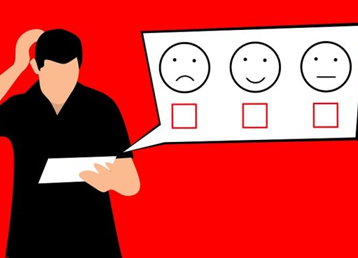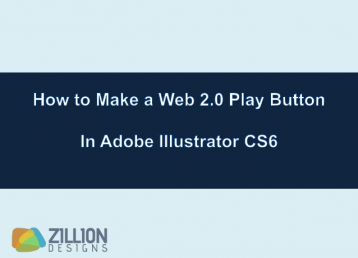Brand Identity Guide: The Essential Tutorials for Logo Design
The logo of your company is the keystone which holds together the arch of your brand identity. It is the essence of how your target audience will perceive you, and of your image within the industry, and among your peers and business partners. So if you would create a strong brand identity to help establish your authority, and to provide you with a platform from which to launch your business success, you need perfect logo design.
How do you achieve it though? You could hire a professional graphic designer, but that’s only job half done. If you don’t truly understand logo design, you can’t really communicate your requirements and preferences to the designer, who in turn, will then be unable to deliver. So, what exactly is logo design? How is a good, nay, great logo created?
What is Logo Design?
Logo design, quite simply, is the representation of an idea through an image. It could be plain, black text on a white background, or it could be an elaborate design with various shapes and symbols, in addition to text. The most important thing, however, is that the logo accurately represents your brand. It must convey a sense of your identity, of what you hope to achieve, and of your overall vision.
The Science of Logo Design
In the world of graphic art, logo design is perhaps the most popular and crucial element. Yet, while everyone recognizes the need for artistry, what most fail to realize is that logo design requires a significant amount of science too. There is a process to a creative logo design, one which if it’s not adhered to, can lead to any number of complications, both small and large.
What Makes a Good Logo
In a word? Simplicity. The best logos are the most evident ones, requiring no explanation. You need your logo to be easy to remember, so use only the most essential of elements. Remove everything which is irrelevant, even if it looks good. Then garnish the simplicity with a hint of elegance, and a generous sprinkling of meaning. Do a little research, find symbolic associations to your company’s name and purpose, and use them in the logo.
The Tools for Logo Design
To keep it simple is quite often considerably more difficult than to elaborate. Which elements should you keep or remove? How do you ensure the logo design looks exactly the same across all mediums? Taste and preferences evolve, requirements are revised, and times change. To adapt, you need to know which tools to use, and how and where to best employ them
The Process of Logo Design
The creative logo design process, though it changes with each new project, is at its core a rather simple one. It begins with a client conveying their requirements to the designer, moves on to preliminary designs being created for pre-approval, and eventually leads to the final design. The layout, the color, the balance of design, and the choice of images, symbols, and the typography are also, of course, essential links in the process.
Design with Sketches
It is always, always a good idea to begin the logo design process by roughing out a few sketches. They help the designer acquire a clearer vision, and the client to actually be able to visualize what the final design may look like. Most importantly, it leaves a lot of room for brainstorming, and if the client requires half a dozen changes or more, the designer hasn’t wasted their time. Well, at least not a whole lot of it.
The Perspective
Once the requirements have been communicated and understood, and the first rough sketches created, the best of the designer’s ideas needs to be chosen, and then further refined. The sketches evolve into great designs with the right imagery and typography, but they also need the right perspective.Enclosing shapes, type casing, negative space, weight, colors, and alignment all serve to provide your logo design with the desired perspective.
The Negative Space
The greatest of concepts for logo design will fail if they are not properly communicated. It is important to learn to view the whole space available, and to recognize how each element of the design can speak to the audience. The texture tells a story of its own, transparency holds its own promise, and negative space can lend an entire legend to your design. Never be afraid to use negative space in your logo design. Learn how through the tutorial below:
The Typeface
Ideas fail in the face of poor communication, as discussed above, and the biggest hurdle to sending a clear message is choice of typography. You could come up with the greatest name and/or slogan for your brand, but display it with the wrong font, and your target audience will cringe away. Yet, it’s a difficult and delicate choice at best. Choose too simple a font, and you’re boring. Opt for one too elaborate, and your message may not be understood. You need to learn how to find the right balance. Here is how:
Design with Pantone
Ever heard of the psychology of colors? Yes, it’s a real thing, and it’s actually quite crucial to the logo design process. Colors speak to a person, and encourage certain emotions, even if subconsciously. There are two decisions you must get right here:
- The colors which help convey the right emotions, to complement your brand message.
- The use of those colors in design, with the correct tone, weight, and density.
The addition of Pantone spot colors to your design, if done right, can instantly make your logo more recognizable, and more memorable.
Logo design should never be confused with brand image, and yet, it is one of the aspects of your brand identity which can make or break your company’s future. If you would find success, and establish a glowing reputation in the industry and in the market, your logo design needs to be perfect. We have pointed you in the right direction. The tutorials, and the associated courses, can teach you even more, if you so wish.


